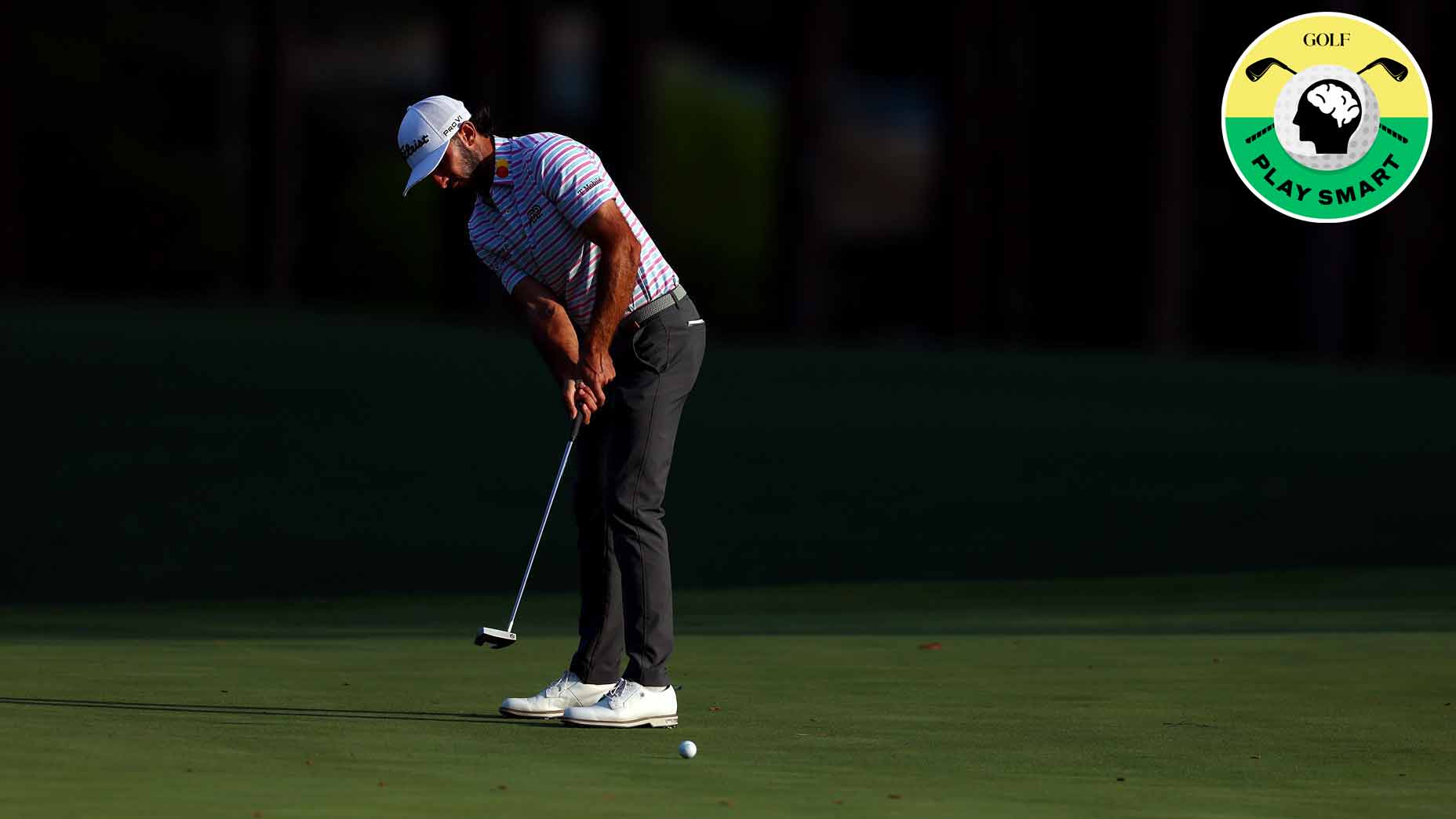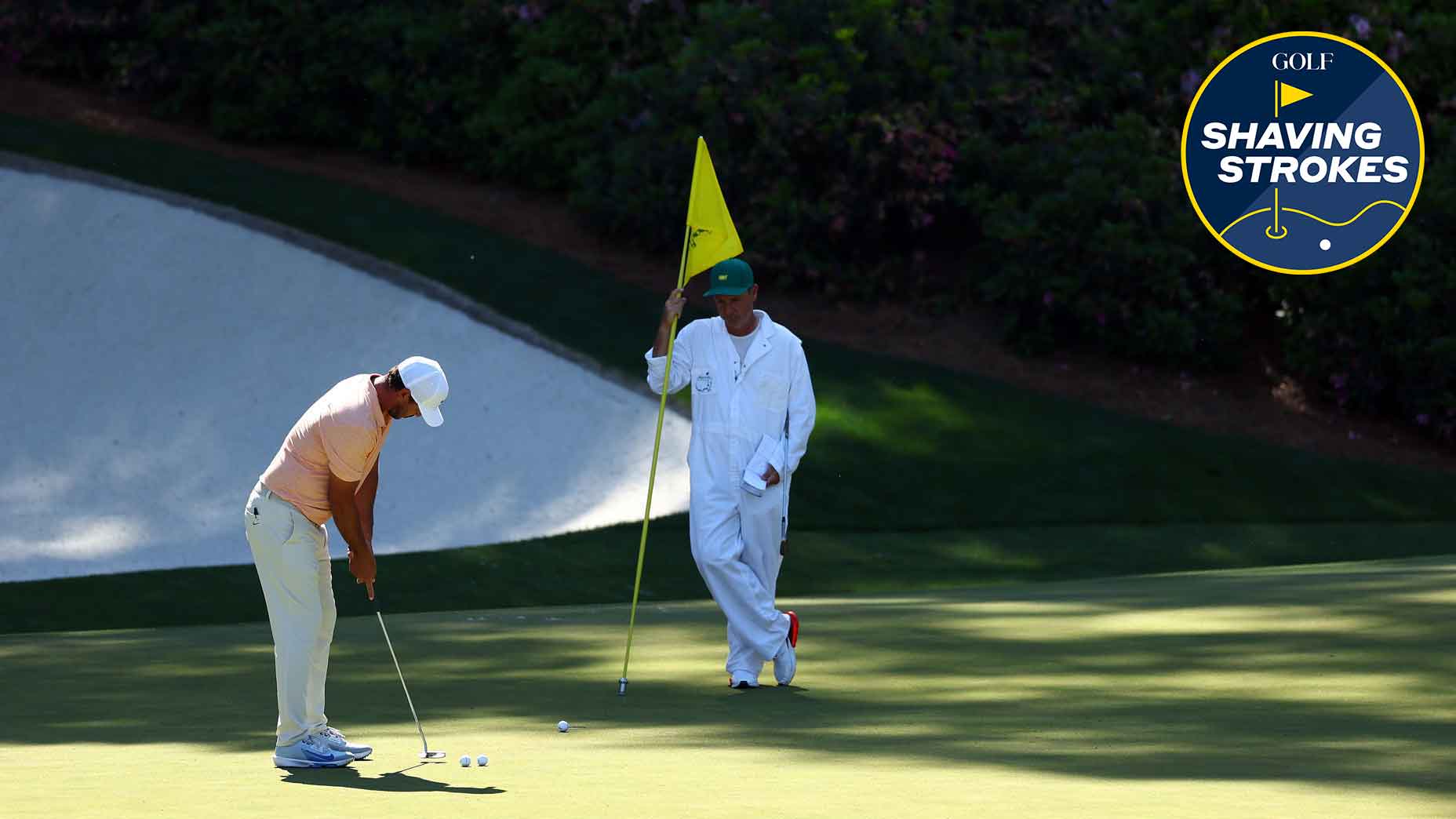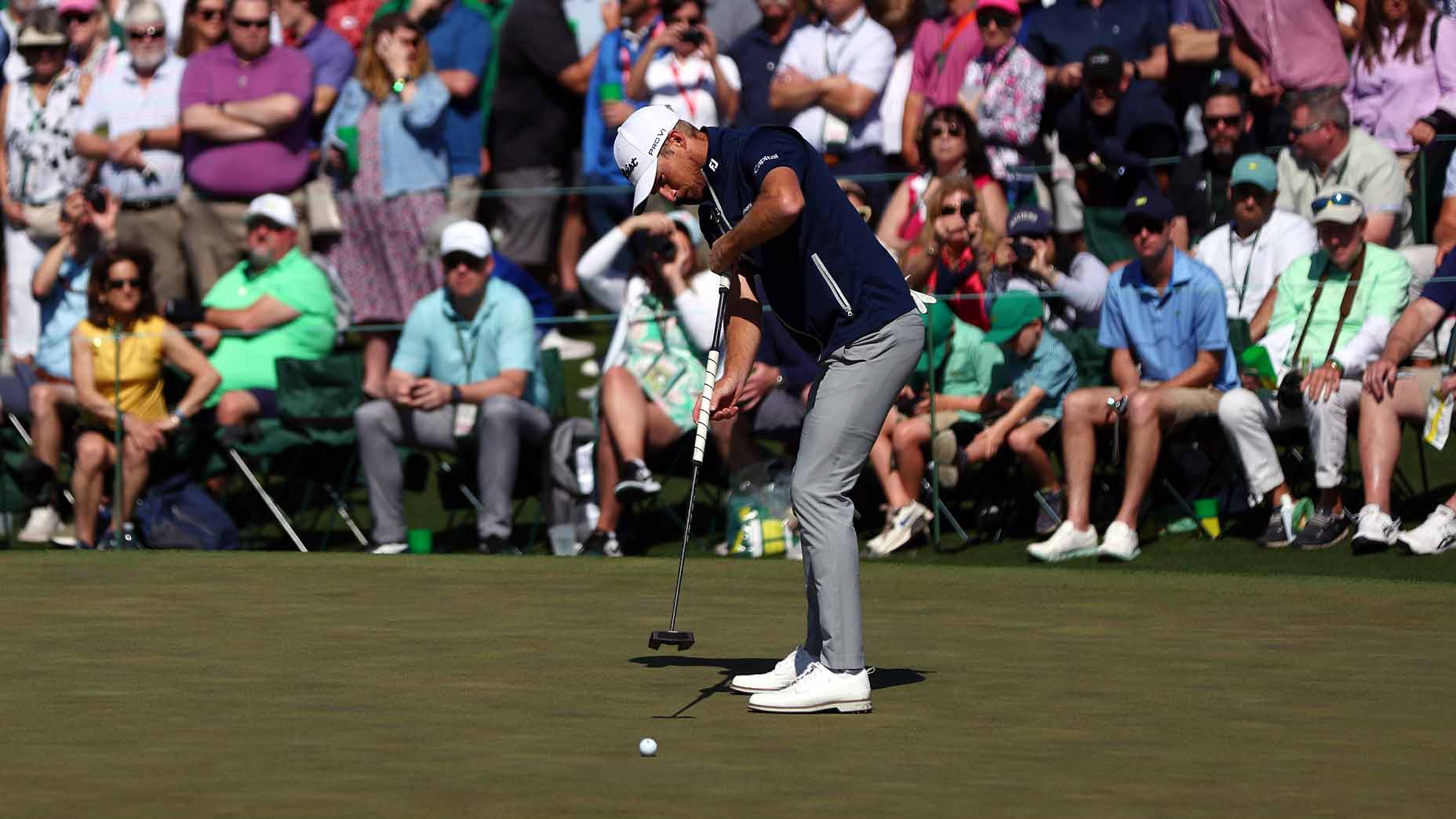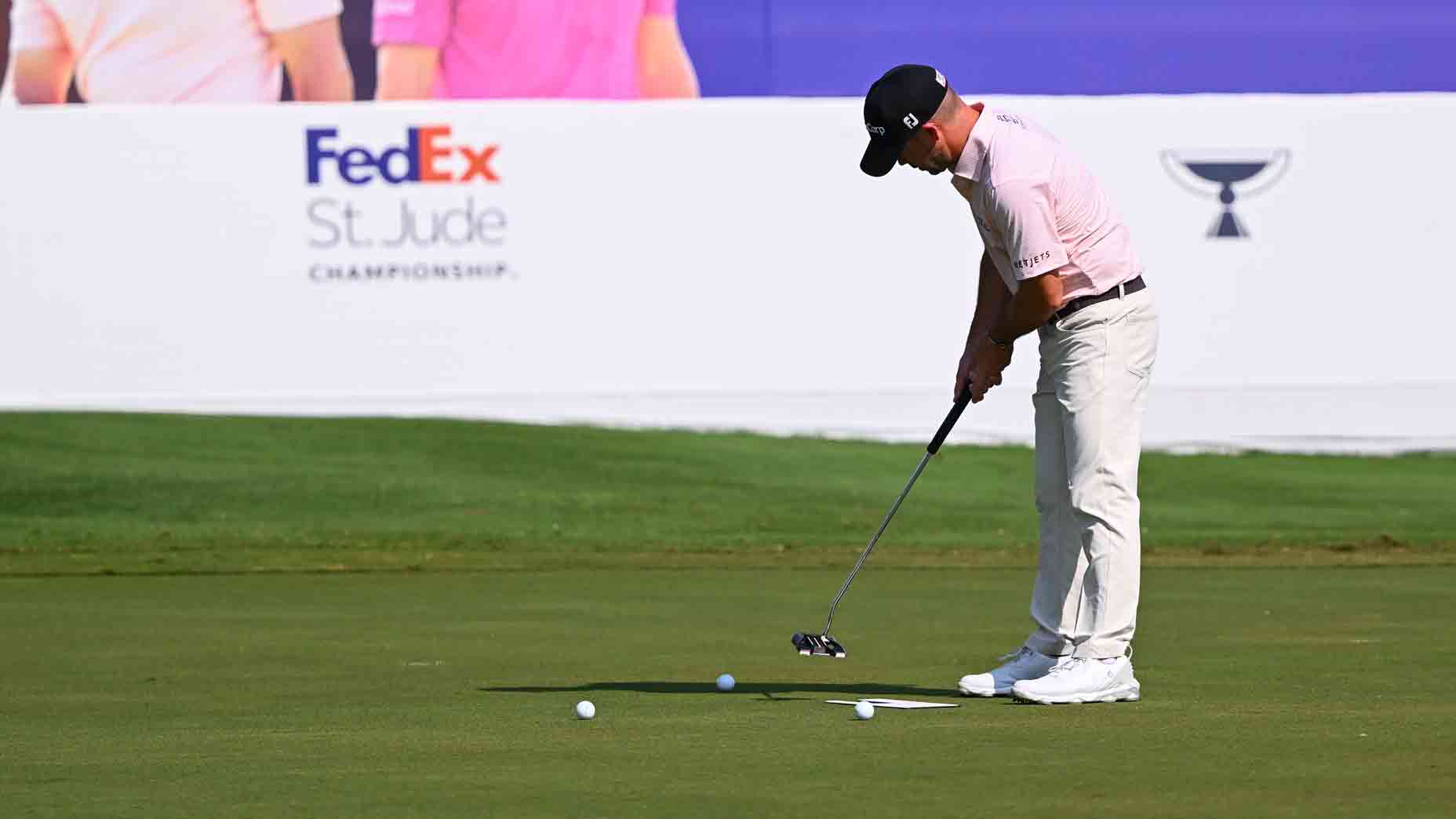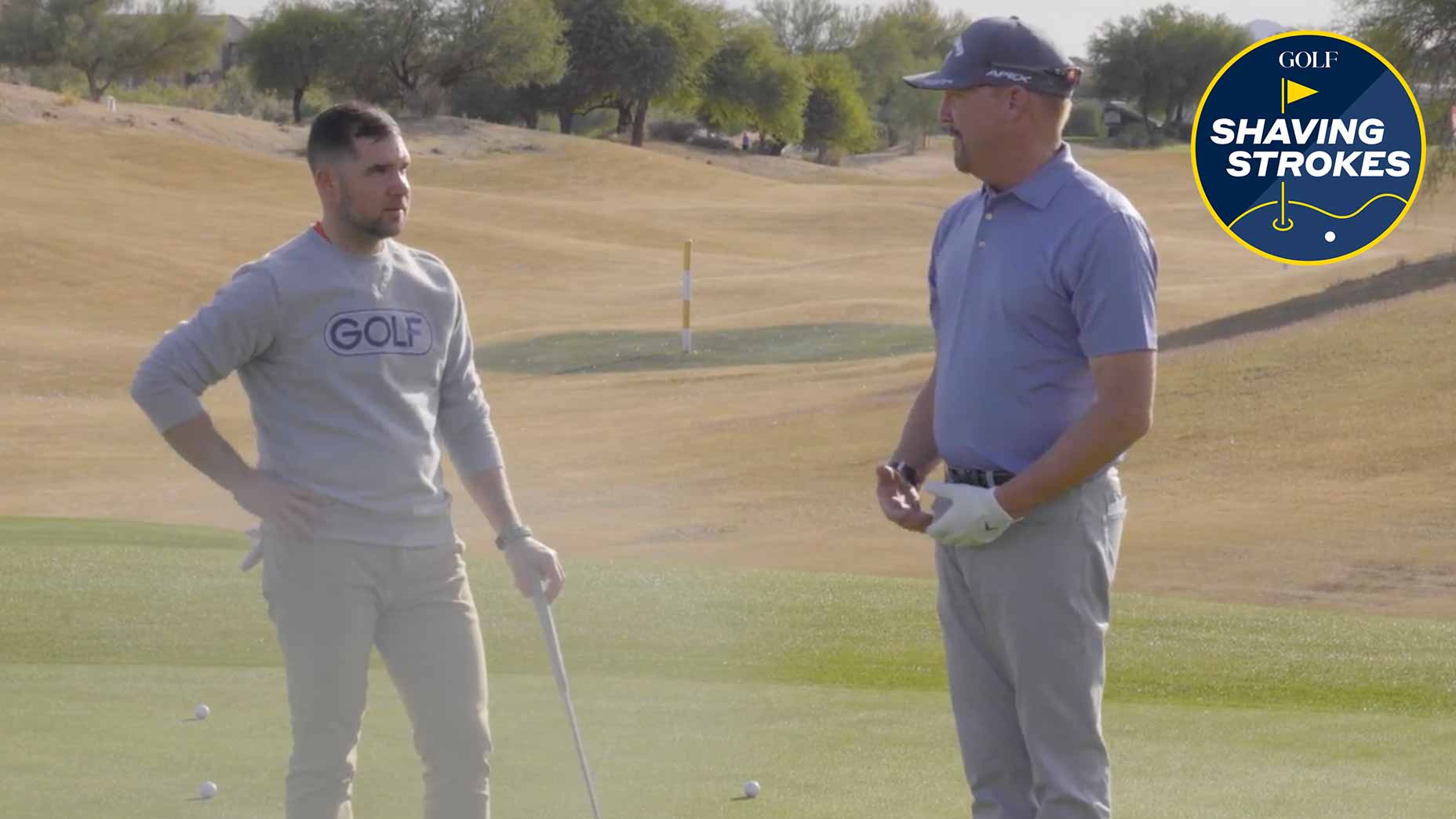 How to develop the traits that all great putters have in common
How to develop the traits that all great putters have in common
Can ‘The Claw’ save your putting stroke? Here are examples you can copy
The “claw grip” was once a borderline blasphemous phrase in the golf world, a desperate hold for poor souls searching for something—anything—to help them survive on the greens. Look around the PGA Tour now, however, and the story couldn’t be more different. It’s safe to say that the putting style has made its way into the mainstream.
Mark O’Meara, Chris DiMarco and Mark Calcavecchia were the earliest pioneers of the method, but the style really gained steam in 2011, after Sergio García jumped from 131st in Strokes Gained Putting to 26th, and then to 10th in his first two full seasons following the switch. Phil Mickelson employed the method, as did Justin Rose during his ascent to World No. 1. Webb Simpson won the 2018 Players Championship using the claw grip and arm-lock method, while the claw helped 2018 Ryder Cup hero Tommy Fleetwood vault up the OWGR.
How does the claw work?
It’s pretty simple. Golfers place their lead hand on the club at the top of the grip in a conventional style, then cock their trail hand so it sits open, with the grip running between the thumb and the index finger. By placing your right hand in this contorted, slightly awkward position, it effectively neutralizes that hand’s ability to manipulate the putterhead. The grip is ideal for golfers who tend to pull their putts due to too much right-hand action in their stroke. With the right hand in what GOLF Hall-of-Fame teacher Dave Pelz calls a “passive” position, it adds stability without any excess manipulation of the putterhead.
ADVERTISEMENT
“The claw was something that I just felt more comfortable with for some reason,” says Justin Rose. “It took a lot of nitpicking away from my stroke. It’s allowed me to focus on other aspects of putting.”
Rose uses a more traditional version of the claw (if there is such a thing), in which the trail hand rests on the front of the grip. But there are lots of different variations. Tommy Fleetwood’s “pencil” approach involves resting the trail-hand index finger along the right side of the grip, which helps push the putterhead down the line.
“It got rid of a lot of the putterface rotation I was struggling with,” admits Fleetwood.
But it’s Ollie Schniederjans who boasts the most unique variation. The Georgia Tech product keeps his right hand in a bunched position, gripping the club using only the fingertips of his right hand to keep his grip pressure light. “On short putts, my grip pressure is probably a 1 out of 10,” Schniederjans says. “I used to think about my putting a lot. Now, it’s not an issue at all.”
FOUR WAYS TO CLAW YOURSELF TO MORE BIRDIES
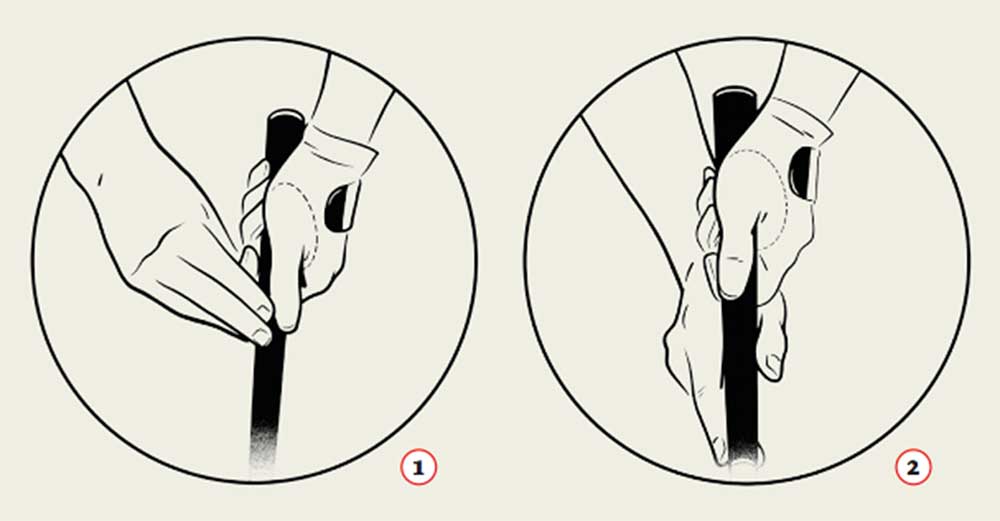
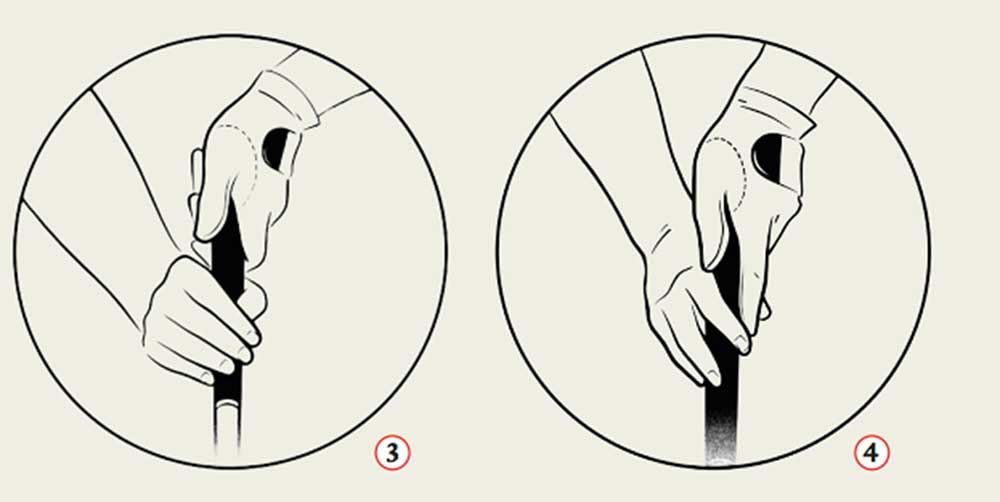
ADVERTISEMENT




